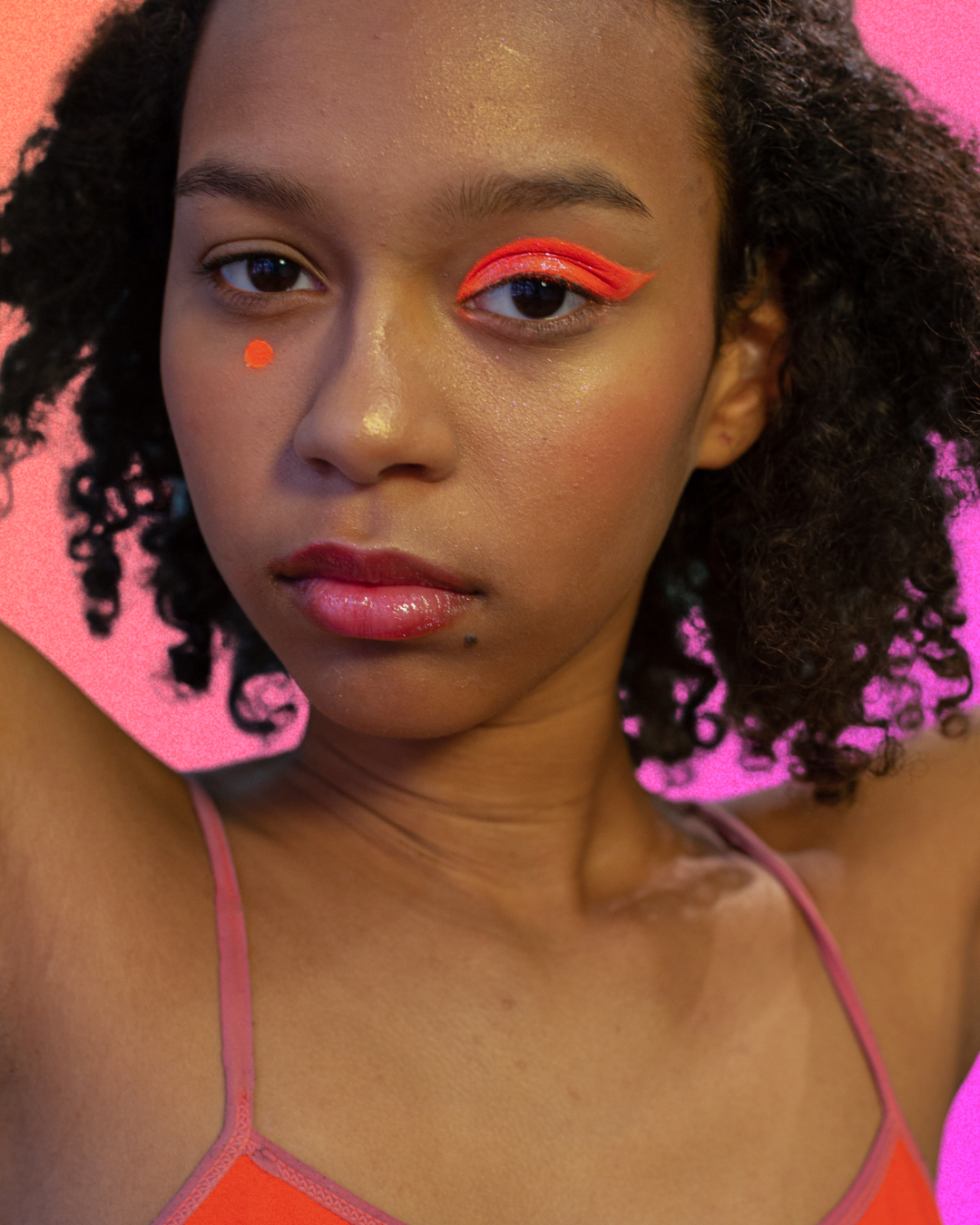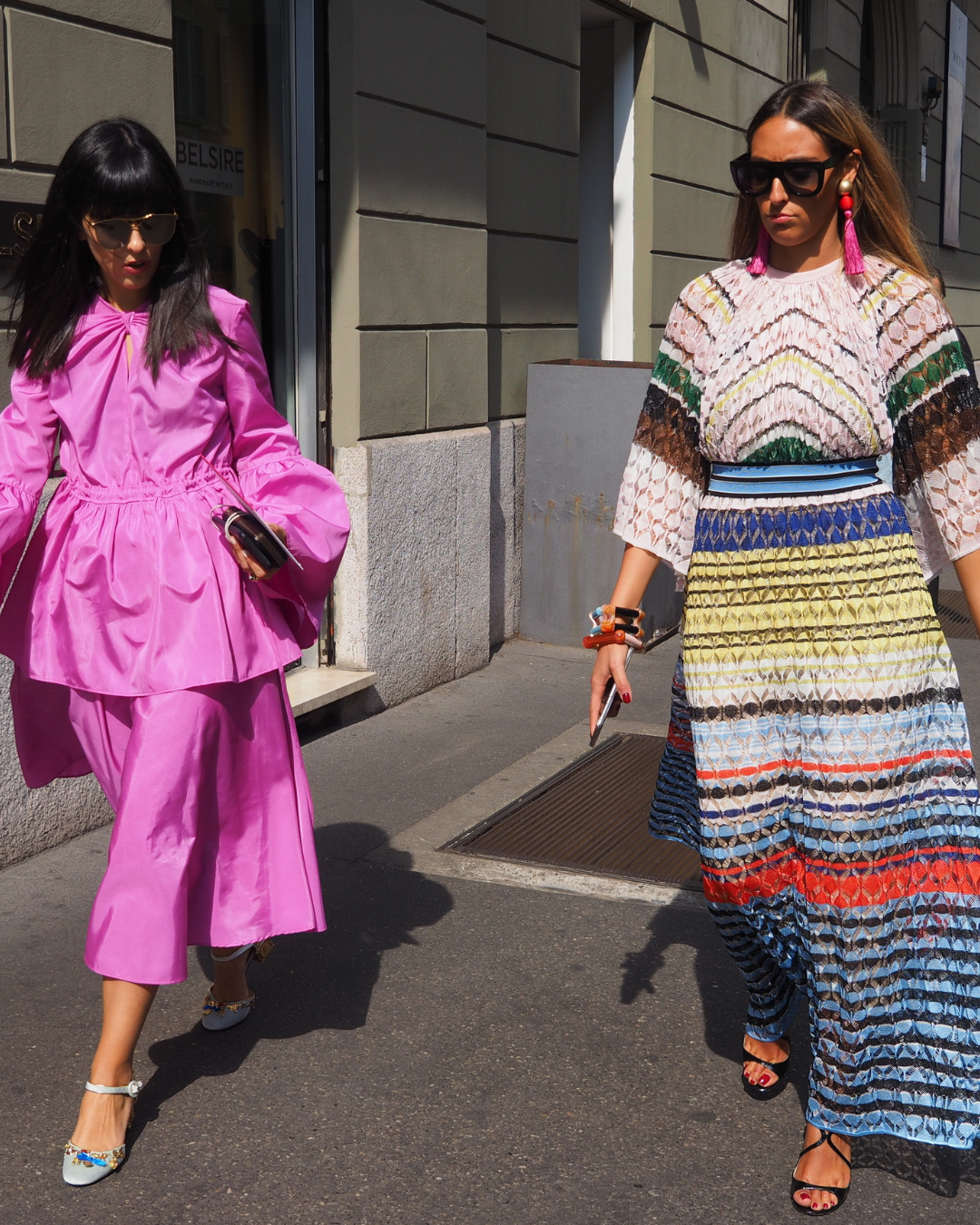Connecting the Dots Between Innovative Technologies and Ideas to Unify, Implement and Scale Solutions
The future of fashion is digital.
The future of fashion is circular.
The future of fashion is regenerative.
The future of fashion is next-gen materials.
The future of fashion is the metaverse.
The future of fashion is blockchain.
Every year it seems like there’s a new concept dubbed the “future of fashion" meant to solve the industry's most pressing problems. However, despite some progress, greenhouse gas emissions are still rising, garment workers are still being exploited, brands are still overproducing, and ultra-fast fashion giants are still growing.
In the aftermath of economic and social turbulence brought on by the pandemic, conversations around sustainability evolved from niche to mainstream in 2021. Climate-conscious trends like resale and circularity became common in many brands’ vocabularies. Innovative technologies gained funding, and the world’s largest fashion companies released sustainability reports along with goals to take meaningful action in addressing the industry’s contribution to the climate crisis.
Companies expanded their diversity and inclusion efforts, began speaking out on societal issues, and committed funds to fight racial inequities. In California, advocates celebrated the passing of the Garment Worker Protection Act — a bill that guarantees hourly wages to garment workers and holds both manufacturers and brands liable for wage theft.
Despite years of relying on voluntary action with little to no accountability, governments began considering new policies and regulations that could incentivize better business models and require brands to take responsibility for their environmental and social footprint.
Fashion is experiencing a transformative moment in time as innovative technologies, entrepreneurs, and companies are cropping up to solve fashion's most pressing problems to build sustainability and equity into the supply chain.
Fashion is forging new paths and showing signs that it’s ready to rebuild with people and the planet at the forefront. As we look to rebuild a more sustainable fashion industry after a globally tumultuous two years, one thing is clear — old ways won't open new doors.
Rather than every year jumping from one “solution” to another, how can we connect the dots between innovative technologies and ideas to unify, implement and scale these solutions to drive actual systems change?
From corporate ESG strategies to government regulation and personal consumer choices, the way we engage with the issues surrounding sustainability are unique. How can we combine our unique POV with existing solutions to unify solutions and truly drive change?
How can we work together as a community to unify our efforts to achieve our larger common goals and create transformative change that spans across supply chains?
The future of fashion is digital.
The future of fashion is circular.
The future of fashion is regenerative.
The future of fashion is next-gen materials.
The future of fashion is the metaverse.
The future of fashion is blockchain.
The future of fashion is united solutions in all of these areas.










